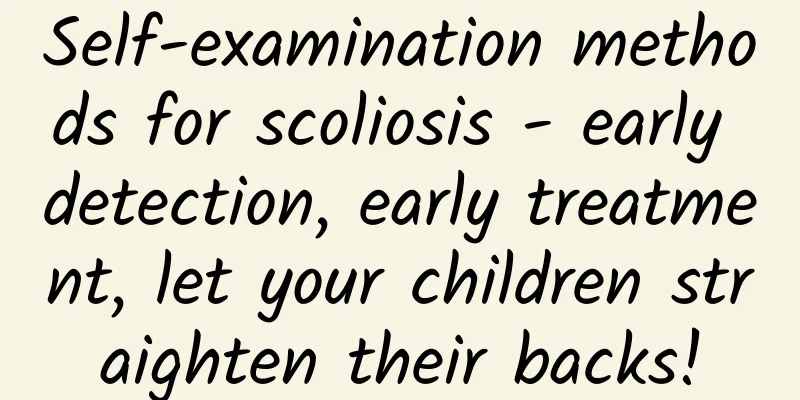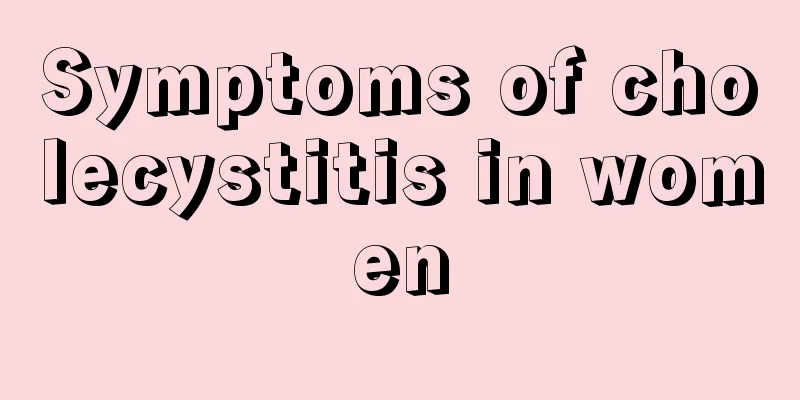Self-examination methods for scoliosis - early detection, early treatment, let your children straighten their backs!

|
Scoliosis, a medical term that sounds a little unfamiliar, is an invisible threat lurking on the road of adolescent growth. It not only quietly affects the symmetrical beauty of the body, but also inadvertently challenges the bottom line of adolescent health. Let us have a deeper understanding of scoliosis, unveil its mysterious veil, and escort the healthy growth of adolescents. Scoliosis, as the name suggests, refers to the deviation of the spine from the normal straight line when viewed from the side, showing an "S" or "C" shaped curve. This abnormal spinal shape often develops rapidly during the growth and development period of adolescents. If it is not paid attention to, its consequences may be far more serious than we think. The "claws" of scoliosis are not limited to external changes in body posture, it may also cause a series of health problems. As the curvature intensifies, the symmetry of the body is broken, the shoulders are not at the same height, and the waist curve may become unnatural, resulting in mechanical imbalance and abnormal biomechanics of the lower limbs, such as pelvic tilt, long and short legs, X or O-shaped legs, high arched feet, flat feet, inversion of the foot, eversion of the foot, etc. What’s more serious is that scoliosis can lead to spinal deformity, affect cardiopulmonary function, and even cause respiratory dysfunction, which has a significant impact on the athletic ability and quality of life of adolescents. Catching the signs of scoliosis early is crucial to treating and managing the condition. Parents and teens themselves should watch out for the following signs: The neckline or shoulder straps of the clothing are uneven, and one shoulder seems higher than the other. Asymmetry in the waist or hips, with more wrinkles on one side of the waist than on the other. There is asymmetry between the two sides of the back when bending over, or a noticeable curvature of the spine is visible. Leaning or walking in an abnormal manner. Prevention and response strategies When it comes to scoliosis, prevention and early intervention are key. Regular check-ups: Teens should have spinal health checks every year, especially during periods of rapid growth and development. Maintain a good posture: Avoid maintaining the same posture for a long time, such as looking down at your phone or computer for a long time. Change your posture regularly and do appropriate stretching exercises. Strengthening exercise: Regular physical exercise can strengthen the core muscles and help maintain the stability of the spine. Professional treatment: If you notice signs of scoliosis, you should immediately seek professional medical evaluation and treatment, which may include physical therapy, wearing a brace, or surgery. |
>>: If you often have these 5 thoughts, it means you are wasting yourself! Please stop immediately
Recommend
Will early menstruation every month affect future fertility?
Menstruation is something that every girl goes th...
The dangers of amenorrhea for 35 days
I believe everyone knows about girls' menstru...
The test result is negative after the menstrual period is delayed for three days
Generally speaking, healthy women have regular me...
What kind of shoes do girls usually wear when walking?
Shoes are something that everyone has. They can p...
Why does my vagina hurt after sex?
Normal and harmonious sexual life will not cause ...
Female genital wet early granulation picture
Photos of the early symptoms of genital warts. In...
Is beer a high-sugar beverage? What about homemade fruit wine?
When the weather is hot, many people like to drin...
Standard table of fetal weight during pregnancy
Fetal weight has a significant impact on the heal...
Intestinal cramps in pregnant women
Pregnant women should know how to protect themsel...
What are the disadvantages of drinking coffee for women?
Coffee plays a very important role in our lives. ...
10 tips to keep your skin healthy even if you stay up late
With the quickening pace of life, staying up late...
How to self-treat pelvic inflammatory disease
Pelvic inflammatory disease is a common gynecolog...
Can cervicitis be cured?
Mild cervical inflammation has no symptoms in the...
Pregnant women with high blood sugar usually have daughters
When pregnant, what mothers are most concerned ab...
The harm of long-term masturbation of young women
Don't think that only men masturbate. In fact...









